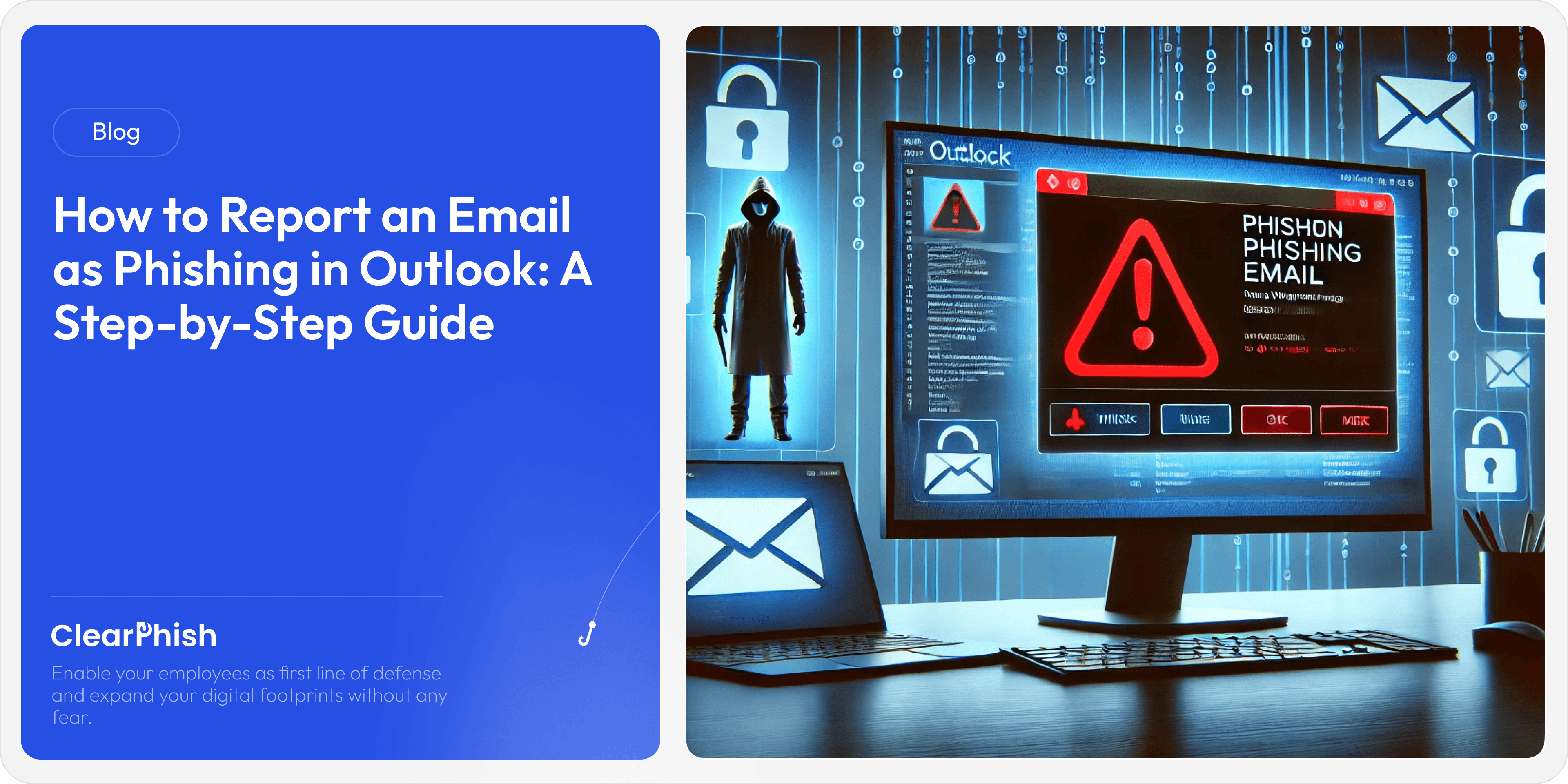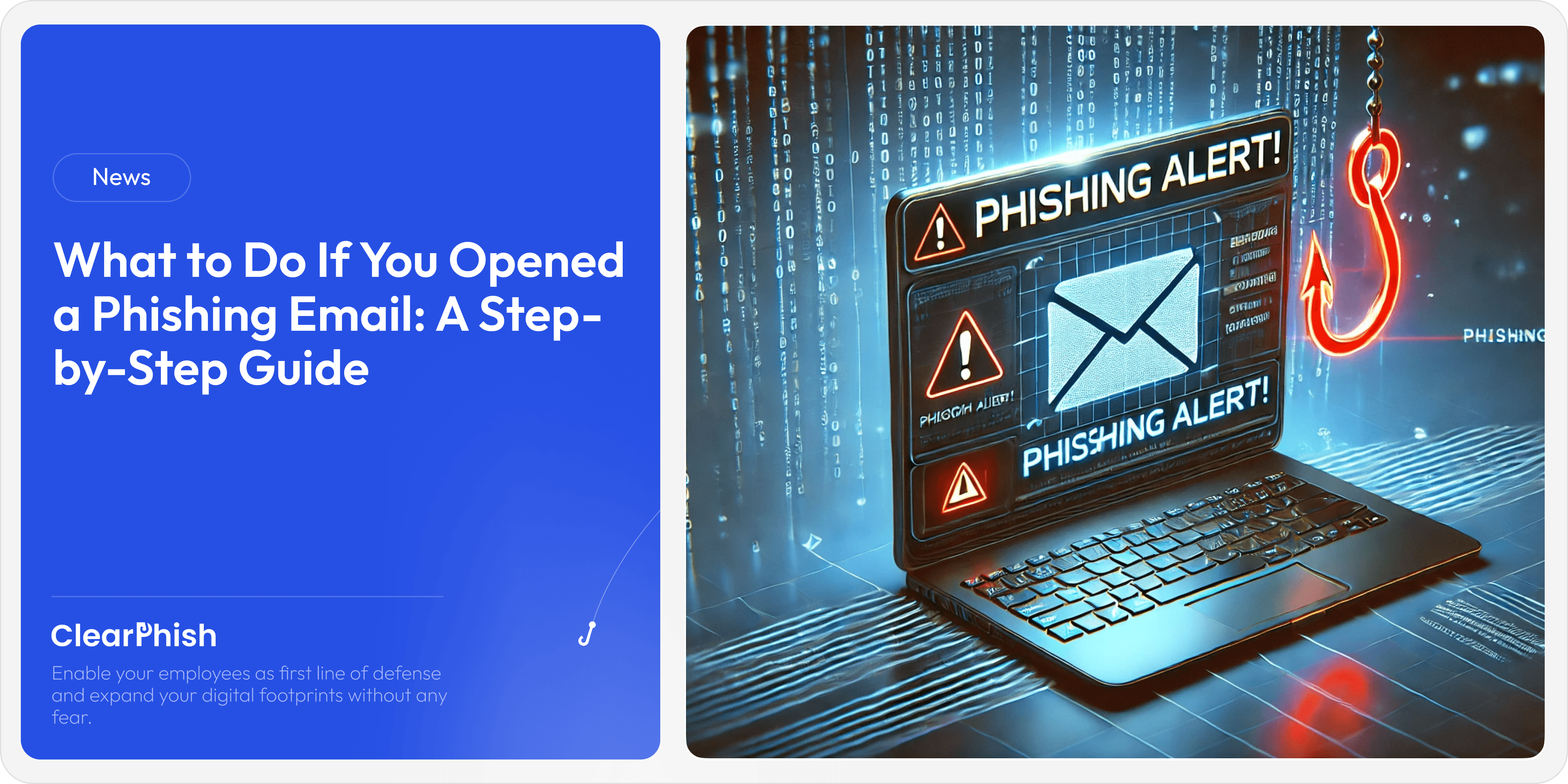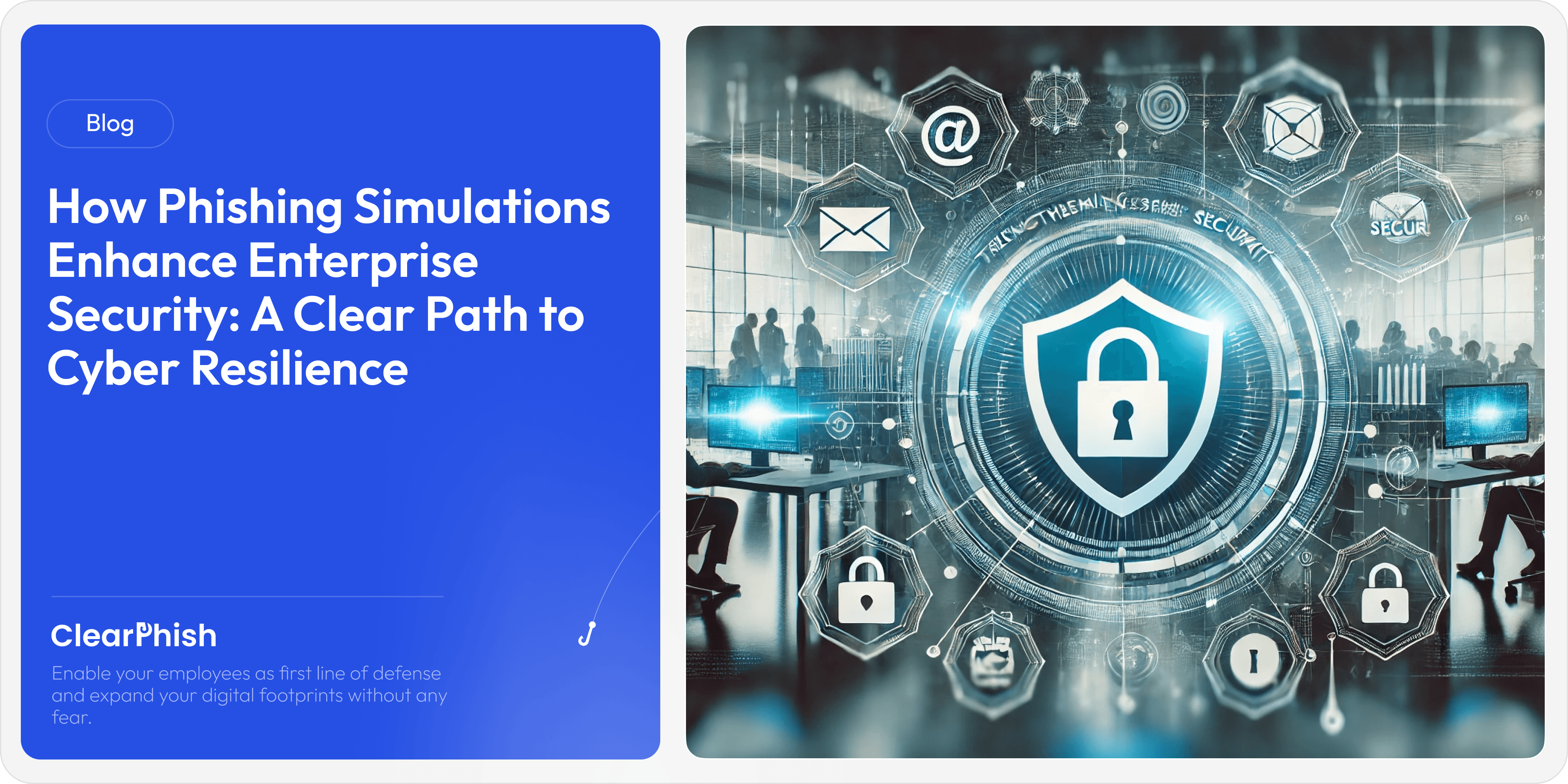How Phishing Simulations Enhance Enterprise Security: A Clear Path to Cyber Resilience
Jan 28, 2025
Phishing attacks are among the most common and effective tactics used by cybercriminals to infiltrate enterprise networks. According to a recent report by Verizon, over 36% of data breaches involve phishing, making it a persistent threat that organizations cannot afford to ignore. Yet, while technical defenses like firewalls and email filtering systems are essential, they often fail to address the human factor — the employees who fall victim to cleverly crafted phishing emails.
This is where phishing simulations step in, offering organizations an opportunity to strengthen their defenses by turning employees into a frontline defense against cyber threats. Let’s explore how phishing simulations contribute to enterprise security, why they’re critical, and how they align with a broader cybersecurity strategy.
What Are Phishing Simulations?
Phishing simulations are controlled exercises where employees receive fake phishing emails designed to mimic real-world phishing attacks. The goal is to assess employee behavior, identify vulnerabilities, and educate staff about how to spot and respond to phishing attempts.
These simulations go beyond simple training sessions. They provide hands-on experience in recognizing phishing red flags such as suspicious links, fake sender addresses, and urgent language intended to elicit quick action.
Real-Life Example: The $46 Million Email Scam
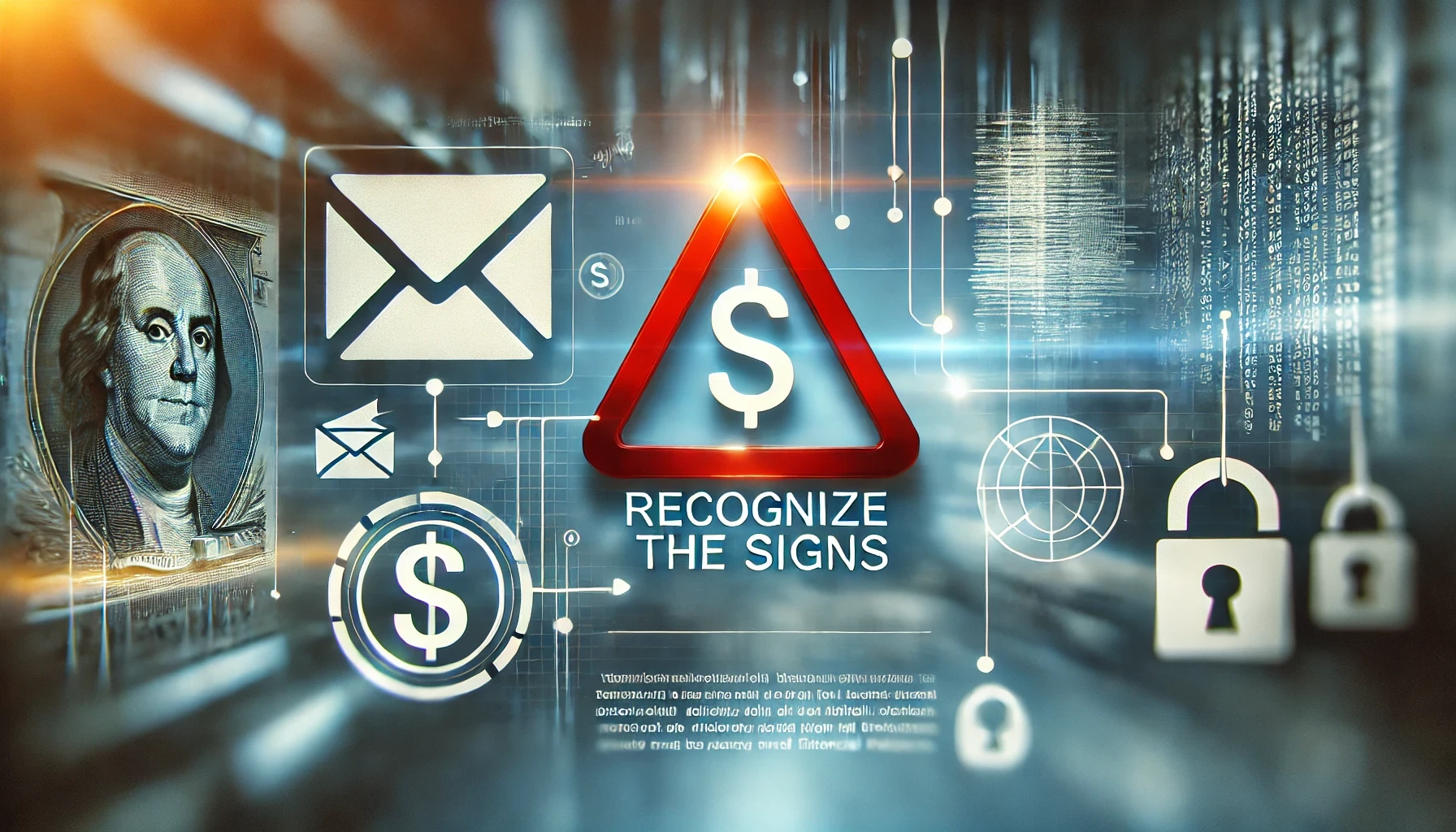
Take the case of a European aerospace company that fell victim to a phishing scam involving fake invoices. Cybercriminals posed as legitimate vendors and convinced the company to transfer $46 million to fraudulent accounts. Could this have been prevented? Possibly — with regular phishing simulations, employees may have recognized the hallmarks of a phishing email, such as inconsistencies in the sender’s email domain or unusual payment requests.
How Phishing Simulations Boost Enterprise Security
Phishing simulations are more than just tests. They are a proactive approach to mitigating risks, raising awareness, and empowering employees to serve as the first line of defense. Here’s how they enhance enterprise security:
1. Building a Culture of Awareness
Phishing simulations instill a sense of vigilance across the organization. Employees become more skeptical of unsolicited emails and learn to verify their authenticity before taking action. Over time, this heightened awareness becomes ingrained in the company culture, reducing the likelihood of falling for real phishing attempts.
Example in Action:
A global financial services firm that implemented monthly phishing simulations reported a 70% reduction in phishing click rates within six months. This improvement demonstrates the tangible impact of consistent training and awareness-building.
2. Identifying and Addressing Weaknesses
Phishing simulations provide valuable data on how employees respond to phishing attempts. Who clicks on malicious links? Which departments are most vulnerable? By analyzing the results, organizations can identify patterns and tailor their training programs to address specific weaknesses.
Pro Tip:
ClearPhish’s analytics dashboard offers detailed insights into simulation performance, enabling organizations to track progress and pinpoint areas for improvement.
3. Reinforcing Cybersecurity Policies
Employees often forget cybersecurity protocols in the rush of daily work. Phishing simulations act as regular reminders of best practices, such as reporting suspicious emails and verifying requests for sensitive information. This reinforcement ensures that security protocols remain top of mind.
4. Reducing Financial and Reputational Risks
A single successful phishing attack can cost companies millions of dollars and damage their reputation. Phishing simulations act as a cost-effective preventive measure, reducing the chances of a successful breach and the associated fallout.
The Numbers Don’t Lie:
According to IBM’s 2023 Cost of a Data Breach Report, the average cost of a data breach is $4.45 million. Investing in phishing simulations is a fraction of this cost, making it a smart move for enterprises.
Phishing Simulations as Part of a Holistic Cybersecurity Strategy
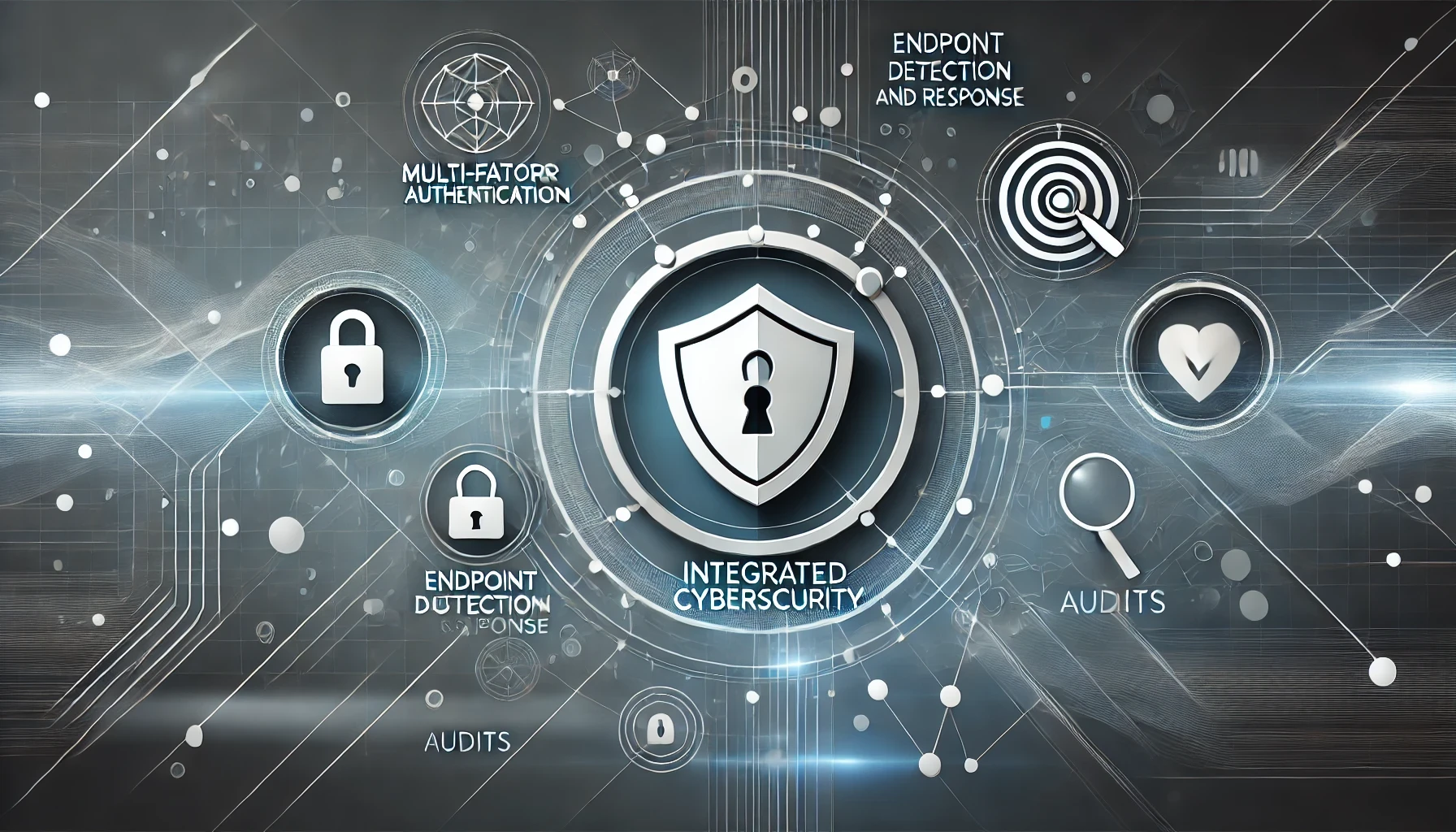
While phishing simulations are powerful, they are not a standalone solution. They work best when integrated into a comprehensive cybersecurity strategy that includes:
Multi-Factor Authentication (MFA): Adding an extra layer of security for user accounts.
Endpoint Detection and Response (EDR): Monitoring and responding to potential threats in real time.
Regular Security Audits: Identifying vulnerabilities across systems and processes.
By combining phishing simulations with these measures, enterprises can create a robust defense against cyber threats.
How ClearPhish Stands Out?
At ClearPhish, we understand the nuances of effective phishing simulations. Our platform offers:
Industry First: Emotional Vulnerability Index Scoring.
Hyper Realistic Simulations: Designed to mimic current phishing trends, ensuring employees are prepared for real-world scenarios.
Customizable Training Modules: Cinematic mode, story based micro size cyber awareness modules.
Comprehensive Reporting: Gain actionable insights to measure progress and optimize your security strategy.
Our platform is meticulously crafted to empower employees to take swift action in the face of cyber threats. We achieve this through hyper-realistic email templates that closely mimic real-world attacks, driving high engagement and click rates. Complementing this, our concise, story-driven training modules provide deep insights into the evolving cyber landscape, ensuring employees are prepared for the threats they may encounter.
Getting Started with Phishing Simulations
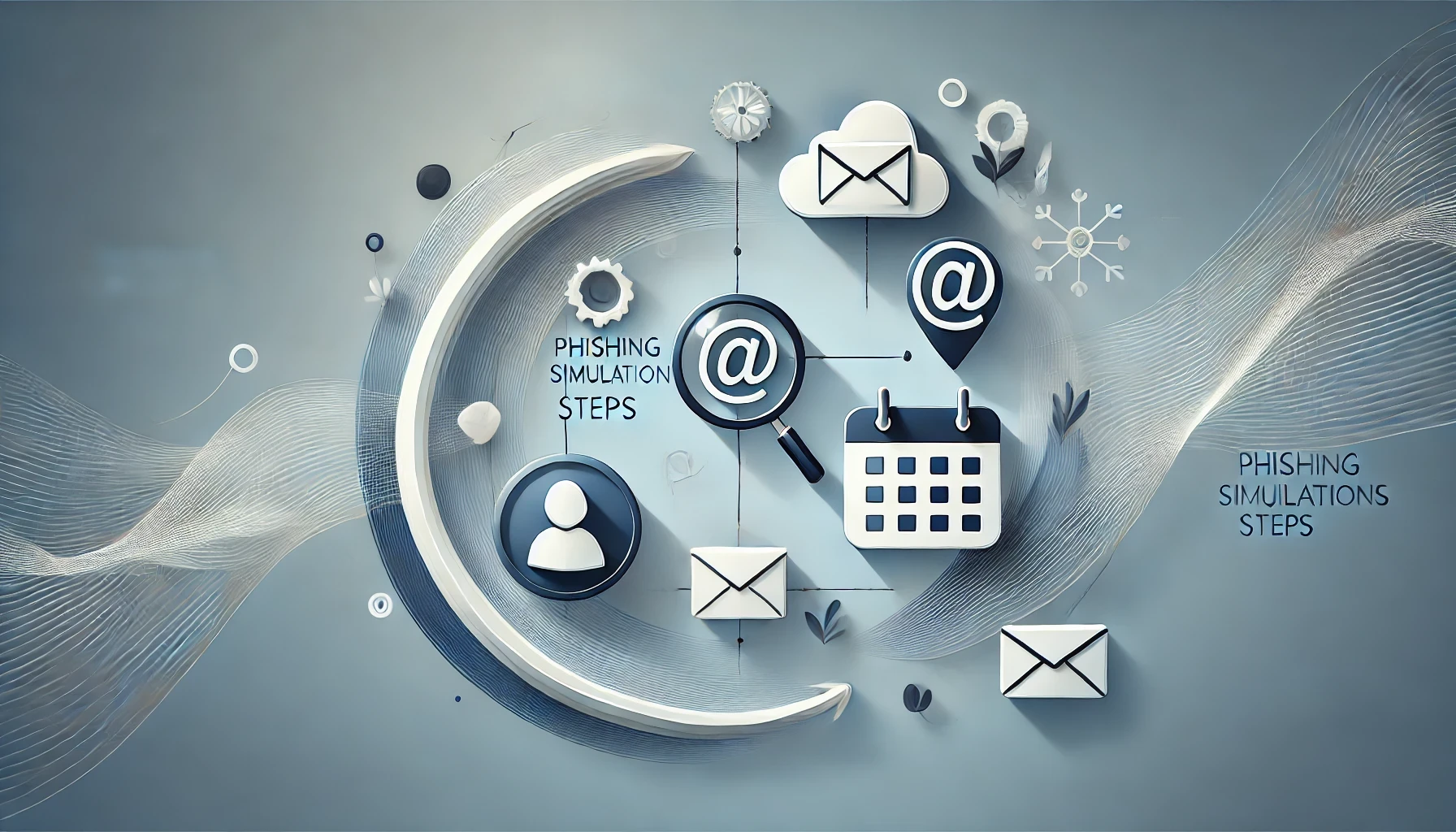
Implementing phishing simulations doesn’t have to be complicated. Start by:
Conducting a Baseline Assessment: Evaluate your organization’s current phishing susceptibility.
Tailoring the Simulations: Create scenarios relevant to your industry and common attack vectors.
Scheduling Regular Simulations: Build a consistent training schedule to reinforce learning.
Analyzing Results: Use the insights to refine your approach and track improvement over time.
Conclusion: Proactive Defense is Key
Phishing simulations are a game-changer for enterprise security. They address one of the most significant vulnerabilities in cybersecurity — human error — by turning employees into vigilant defenders against phishing attacks.
With tools like ClearPhish, organizations can implement effective simulations that not only enhance security but also foster a culture of awareness and accountability. As phishing attacks continue to evolve, staying proactive is no longer an option; it’s a necessity.
Ready to empower your team and secure your enterprise? Explore ClearPhish today and take the first step toward a stronger cybersecurity posture.



